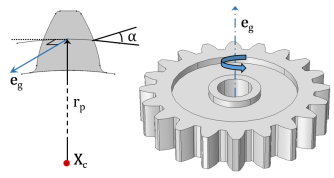
|
For details about the theory of a rigid body, see the Rigid Material section in the Structural Mechanics Module User’s Guide.
|
|
•
|
|
•
|
|
•
|
|
•
|
|
•
|